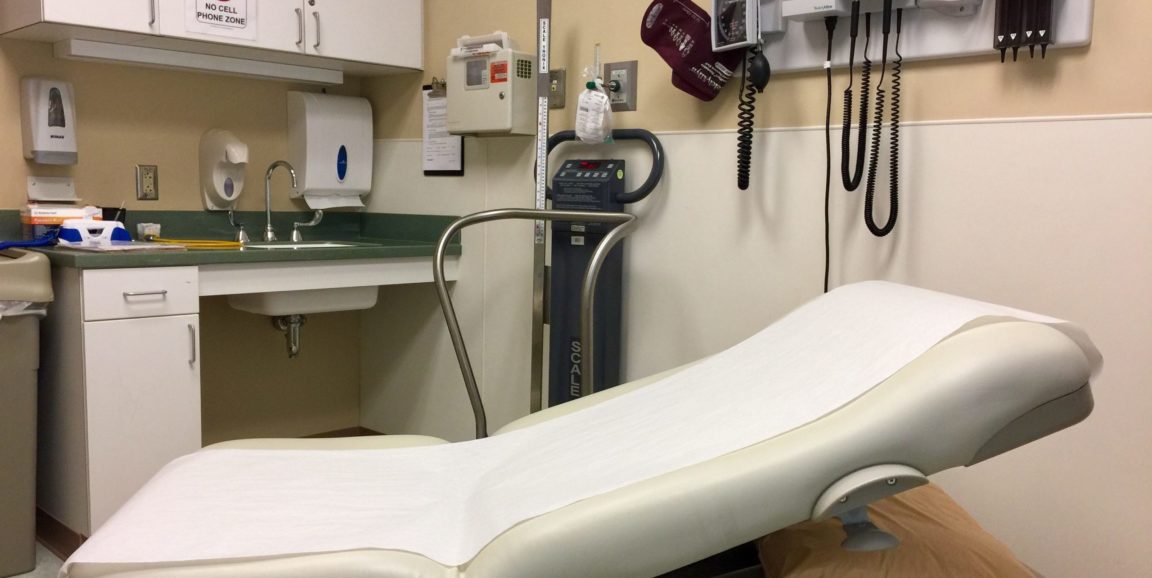If you think you might have a urinary tract infection (UTI), it's important get a check up from your health care provider. Here's what you need to know before the visit.
The best way to prepare for your appointment is to know your symptoms and medical history, such as past UTIs, what kinds of antibiotics you took, and any allergies to medications. According to Stanford primary care physician Kim Chiang, MD, "these conversations can be very personal, but it's critical to tell the doctor the whole story."
Video visits are becoming more popular for UTIs, offering a similar appointment, but without the possibility of an in-person physical exam or urine test. Knowing what to expect can prepare you to help your doctor to provide the best possible care.
Questions your doctor may ask
When your provider enters the room (or video), the first question you're likely to be asked is "What brings you in today?"
"This question offers physicians an opportunity to hear your perspective on your symptoms so your concerns can be prioritized," says Stanford physician Randall Stafford, MD, PhD.
From here, doctors will likely ask follow up questions to pinpoint whether this is a UTI and formulate the best treatment plan. Questions include:
- When did your symptoms start?
- Do you have foul-smelling or irregularly colored urine or vaginal discharge?
- Are you lightheaded or dizzy?
- Do you have a fever or chills?
- Are you hydrating?
- Have you had anything like this before? How many times?
- Have you ever been hospitalized for urinary problems?
- Have you ever had kidney stones?
- Are you sexually active?
- Do you use protection during sex? If so, what kind?
- Is there any possibility you have a sexually transmitted disease (STI)?
- Is it possible you're pregnant?
- Do you have any known medication allergies?
- What have you been treated with in the past for a UTI?
What happens during the physical exam?
Based on your answers, some health care providers may do a simple physical exam. This includes checking for tenderness in your mid-back below the ribs by lightly pounding around the kidneys, as well as checking for tenderness when pressing on your lower abdomen, where your bladder is located.
If the provider thinks you might have a yeast infection, they may do a partial or complete pelvic/vaginal exam to check for discharge.
Is there a urine test?
"Often, if a physician suspects a woman has a UTI, then we are able to treat it without any testing," Chiang said . "However, if testing is needed, a urine sample will be collected."
When giving a urine sample, it is important to do a "clean-catch" to ensure accurate test results.
To do this, first, wash your hands, then sit on the toilet with your legs spread apart. If you are female, use the wipe given to you to clean around the labia and where urine exits the body, then hold the labia open and urinate a small amount into the toilet. Stop the flow of urine, then resume urinating into the cup given to you. Fill the cup no more than halfway. If you need further instruction, then feel free to ask the staff.
"Without carefully following these steps, the sample may be contaminated by normal bacteria from your skin, yielding unclear or confusing results," Stafford said.
The urine will then likely be tested in the clinic with a urine test strip or "dipstick" that gives immediate results. The urine may also be sent to a lab where they look for more reliable information, but this can take a few days. In most labs, a sample that shows signs of an infection will be cultured to identify a specific bacteria type and its susceptibility to various antibiotics.
What should you ask your doctor?
Next, the physician will discuss a treatment plan with you and review ways to prevent UTIs.
Be sure to ask your doctor are: "How quickly should I start to feel relief?" and "What should I do if I don't feel better?"
Stanford Health Care is available to care for patients with UTIs. Learn more about becoming a patient.
This is the fourth post in the series Understanding UTIs. The goal of this seven-part series is to provide easy-to-understand, scientifically grounded information about UTIs. Patients referenced are composites, compiled from actual patient experiences.
Joanna Langner is a graduate student in Community Health and Prevention Research at Stanford who is interested in health disparities and women's health. She wrote this series with the support of Randall Stafford, MD, PhD, professor of medicine and director of the Program on Prevention Outcomes and Practices, and Kim Chiang, MD, clinical assistant professor of medicine.
Photo by Anne Karakash






